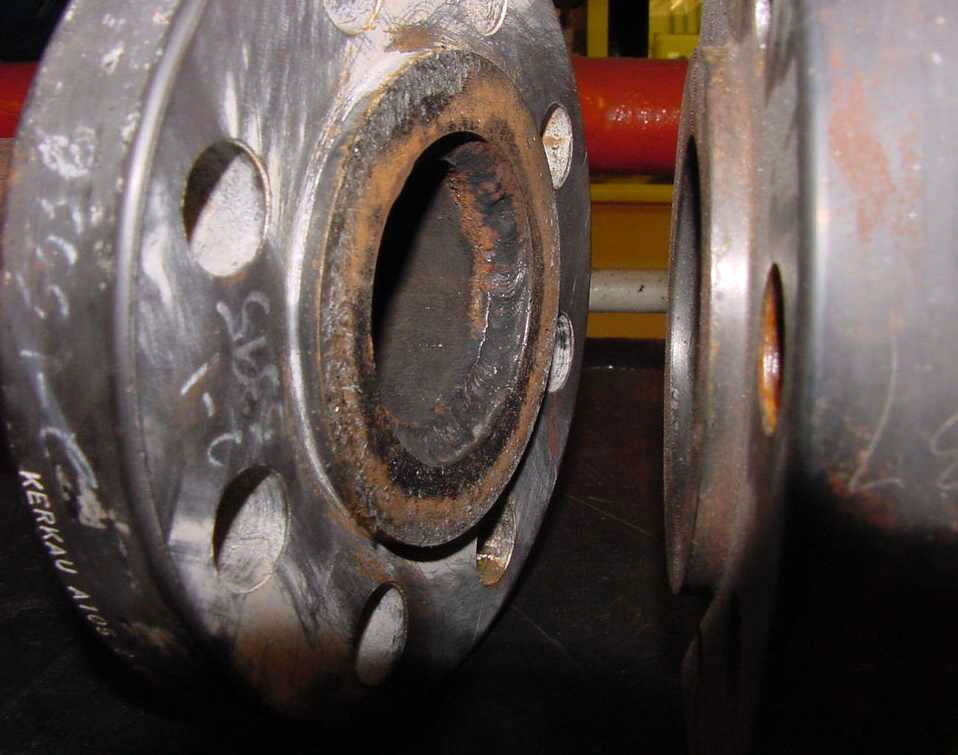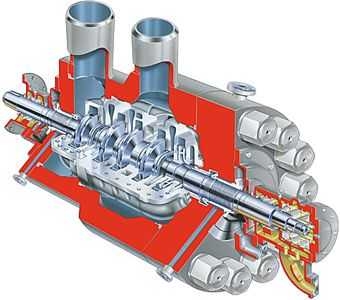Gasketing
Gaskets are most often used in connections called flanges. While there are industry-standard sizes and classes, such as 3”-150#, non-standard flanges can also be found throughout a plant.
When dealing with a non-standard flange, it is very important to obtain as much detail as possible about the contact dimensions (the portion of the gasket actually being compressed) and the fasteners or bolts (size, grade, quantity).
The Applications Engineers at Garlock can then use this information to calculate the contact area and available assembly stress. This is a key factor in the selection process, as an improperly loaded gasket could result in premature equipment failure.

Compression Packing and Hydraulic Components
Compression packing and hydraulic components are commonly placed in a chamber of a pump, valve, or cylinder called a “stuffing box”. The dimensions of the stuffing box will directly impact the cross section of material required for the application as well as the number of rings. In addition to rings, bushings may be used to take up additional space in the stuffing box that may not be required for the sealing product being specified.
For additional information on how to calculate packing cross section, recommended shaft finish, and recommended number of rings per application, please refer to the compression packing or hydraulic components technical guides.

Expansion Joints
Expansion joints, like gaskets, are commonly used in flanged connections and are available in industry-standard sizes and classes. When dealing with non-standard flanges, similar flange and bolting information is necessary in order to properly build the expansion joint.
However, unlike gaskets, expansion joints have an additional dimensional plane that needs to be taken into consideration, called the “face-to-face” dimension. In addition, it is very important to obtain accurate dimensions if an offset and/or misalignment exists between the flanges.
Garlock is one of the few expansion joint manufacturers that custom builds expansion joints to fit an assembly. This not only makes installation easier, but it provides improved service life and movement capability. Knowing how much compression and elongation is required in the assembly is also very important, as that can directly impact the type of arch (abrupt versus self-flushing) and number of arches.


